Baripada: Torch bearer of Antyoday
Total Views |
We have 6000 crore bank balance in our account… Chaitramji Pawar mentioned this in front of the august gathering and everyone was stunned. How come somebody from a small village with agriculture as a major income source has such a large bank balance? Then he explains … We are protecting 450 ha of forest for the last 30 years. It is now matured enough so we can call it our bank balance.
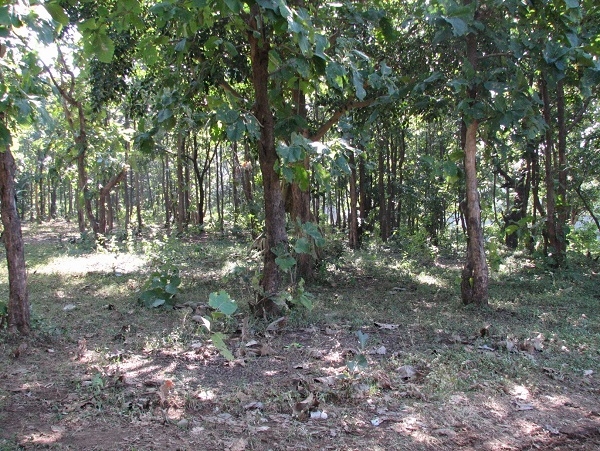
Flash back – Baripada in 1990
Baripada is a small village in Sakri tehsil, Dhule District, Maharashtra. The village is surrounded by hills . On western side hilly Dang district of Gujarat, Alang Malang – highest twin peaks of Sahyadri in South and in north, Navapur, northernmost point of Sahyadri i.e Western Ghats. It is a tribal village with 108 families. It was part of Manjari village in 1990. Village consists of mainly Kokana and Bhil tribal community. Subsistence agriculture, forest produce collection and labor was a major income source.
The situation was grim. Subsistence farming has its limitations in terms of income. Forest was getting depleted as Baripada was the only source of wood for surrounding villages. Good forest of Sahyadri was already cut down for various purposes by the people and government. People in Baripada were also considering wood sale as a lucrative option. With lack of work in Baripada, migration for work was also a major income option. Water levels were also depleted to the extent that most of the wells used to get dried before February. Situation deteriorated to the level where women started making and selling liquor for survival.
Moment of change
In this grim situation, Chaitram Pawar, a youth after completing his M.Com returned to Baripada. It was 1990’s. Other educated youth from village and surrounding areas took jobs in cities and settled. In this situation, Chaitram’s decision was like an odd man out. His family was also hoping that he takes up some good government job and help all family members to prosper. But Chaitram was inspired by some of the good work done in Ralegan Siddhi and other such villages.
He started talking to people about situation. Initially people did not show interest in this discussion. But slowly they started participating in the process. Youth were active and Chaitram was keen to take them along. Surrounding forest and its situation slowly became a central part of discussion. Everyone agreed that forest depletion led to worsening of situation in village. Chaitram was in touch with the karyakarta of Vanvasi Kalyan ashram. They were also thinking about how to proceed in such situation. Chaitram discussed about forest protection by village. It was very much an out of box suggestion as the forest was under government and the forest department was ‘managing’ it. So how can small village start guarding a forest in its surrounding?
Conservation in action
It was a very genuine question. Still youths decided to start forest protection activity. They started patrolling the forest in 1992. They demarcated the forest area. They formed simple rules. They banned tree felling, controlled grazing. A watchman was appointed by the village. They used to give him rice as salary. Slowly systems were established. Year 1992 was a memorable year when the world joined hands together for Rio declaration. Convention on Biological Diversity was initiated. While world leaders were busy drafting Rio declaration, a small village has decided to take action on their own.

The decision did not go well with surrounding villages. As only Baripada forest was good source of wood, conflict started with other villages and the forest department. In one case, Baripada villagers caught some wood thieves. It was realized that they were directed by the local forest guard. Villagers complained and insisted on removal of that guard. It was a long battle.
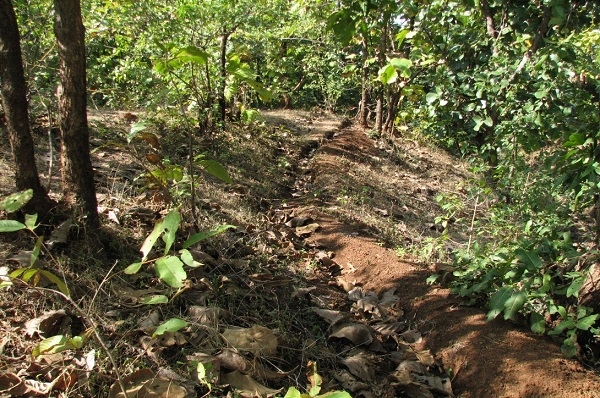
Along with conflict, villagers started management activities by Shram-sadhana. They constructed 400 gully plugs to stop soil erosion. It also helped in water percolation and resulted in an increase in water table. It also helped in improving forest cover. They formed Van Suraksha Samiti to oversee all the activities. Forest department soon realized the noble cause of villagers and started helping through its Joint Forest Management programme. From 2003 they started keeping records of trees and other biodiversity. They demarcated the entire area into small pockets and recorded trees, herbs, birds from that area every 3rd year. This helps to understand changes in forest due to conservation efforts. Plantation activities, forest produce management were also started in Baripada.
In this whole process, Vanvasi Kalyan Ashram, a national organization dedicated for tribal upliftment helped the village.
Conservation leads to livelihood
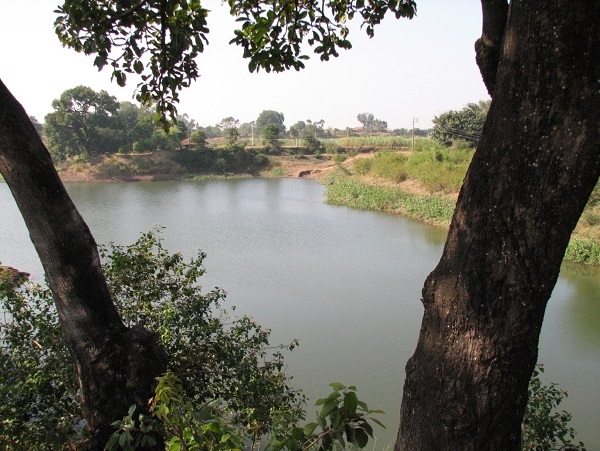
It was very clear to Chaitramji that only forest protection was not sufficient to improve overall life. Vanvasi Kalyan Ashram helped to link various intervention to improve income and overall life quality of village. Village constructed cement dams with support from the government. Earthen dam was also constructed. This has helped to stop water. Water percolation by forest was increased which resulted in wells having water for the entire year.
Rice was major crop in the village. New Four Point Rice Cultivation technology was introduced with help of Pune based Janseva Foundation. It has helped to increase rice productivity. People were happy to see the results. Increased production ensured food security and increase in income to a certain extent. As water level of wells also increased, villagers started rabbi cultivation including cash crops like Onion. Today the village cultivates and sales about 70 Tons of Onion. 20 years back, there was none! Today, more than 120 acres is irrigated with each farmer having at least 1 acre under irrigation. Village has 40 wells and they are collectively utilized by all 108 families. Village did number of interventions to improve local livelihood. Many failed, but some helped to increase profits.
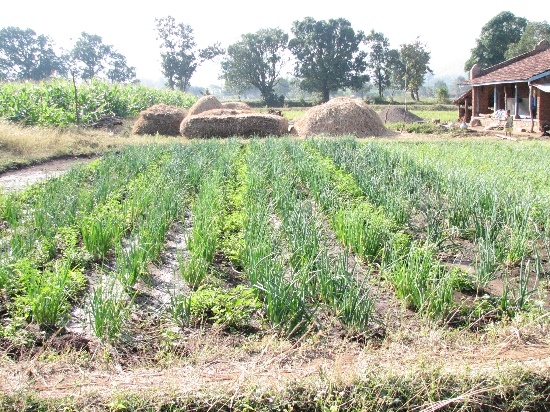
As forest improved, overall forest produces also increased. Mahua is a major produce apart from some tendu leaves. The forest has more than 4000 mahua trees. Village undertakes an auction of trees. Only villagers can participate in this auction. Money received in auction goes to the village committee. It is used for development activities. Village is diversifying its agriculture into horticulture through fruit tree plantations. Today more than 14000 trees were planted and providing additional income. Small vegetable farming has also started. In an innovative move,the village started strawberry farming. They successfully managed to link their rice with the urban market. Farmer to consumer link was established to sell the scented Indrayani rice from village.
Villagers were conscious about resources they have. They had put limits on utilization of resources. For eg sugarcane cultivation per farmer is limited to 10 gunthas. It helps to restrict extraction of water. A team of scientists and researchers came to village to study. After seeing the village, they asked question to villagers - Do you want to become rich? Villagers told them that they can themselves find out whether villagers are poor or rich? The calculations went on about land, animals, number of teak trees they are using for home construction, storage of food grain they have, their wells, etc. Villagers said now add our forest into all this and see how much wealth we have? Researchers were stunned with this thinking and calculations.
Dr. Mohanji Bhagwat, Pu. Sarsanghchalak, RSS visited this village. When villagers told them their philosophy of wealth, he was amazed. He said that this is Indian way of looking at wealth and he will share his experience with economists and request them to study this thinking.
Improving human development index of village
Development is not just about livelihood and income generation. As a society we need to go beyond this. Baripada has realized this and worked on education, health and other necessary aspects of human development. Children education is compulsory and they ensure 100 % girls and boys get education. Village has successfully ensured liquor ban. It is so surprising that women who were brewing liquor a few years back are now in forefront for banning liquor. Village has ensured 100% toilet construction and is trying hard to ensure its use. It is proactive to get an quality home for each family. They are utilizing various government schemes for the same. As a big achievement, village has ensured 80% male family planning operations.
Villagers started a Wild Vegetable competition to promote knowledge and awareness about wild vegetables in the area. As we know, wild vegetables are nutritious and helpful in reducing malnutrition. One particular day, every year women from Baripada and neighboring villages bring cooked wild vegetables. Hundreds of women participate in this competition. Visitors from Dhule district and outside visit this event and get educated. Kabbadi competition for youths are being organized to promote health awareness among youths for the last 10 years.
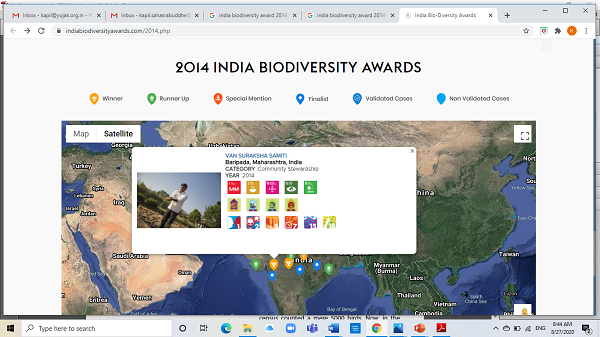
Forest conservation and livelihood development efforts of the village were appreciated at local, national and international level. Baripada has become a role model for many villages. Now people visit Baripada to understand their process. Village has started an education center for the same. In 2003, village received international recognition from the International Fund for Agriculture Development, a United Nations organization to promote sustainable agriculture. They received a prize for best conservation effort. In 2014 Government of India and UNDP presented India Biodiversity Award to village.
Collective action for Antyoday
It took 30 years for Baripada to come to this stage. Fortunately, they had time. Today, we have limited time if we want to replicate this. Baripada has realized this. It is now taking leadership to support other villages to conserve forest and undertake livelihood development activity. The Forest Rights Act is also in support of them. Today more than 12000 ha of forest is conserved and managed by 10 villages surrounding Baripada. 100 more villages have applied to ensure their rights on forest and are ready to conserve the forest. Together it will be a major zone under community management. Similarly, Baripada is harnessing Corporate Social Responsibility funds for all villages.
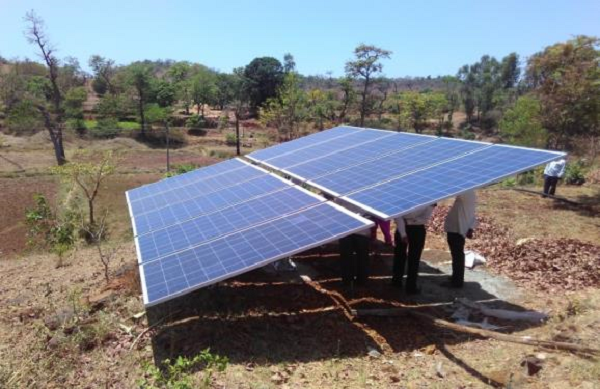
A farmer producer company of 1000 farmers was formed. It is currently providing input support to members. Recently through CSR, they were able to set up a solar based irrigation system in 6 villages. They ensured drinking water supply through the solar power system and 136 farmers are collectively utilizing solar power pumps for irrigation purposes.
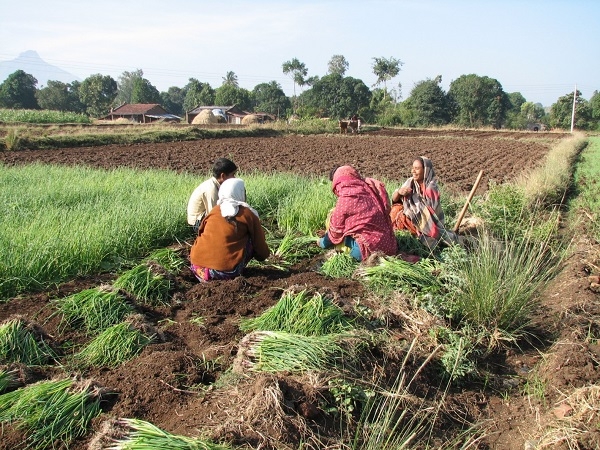
Baripada is torch bearer in our efforts towards sustainable development. It shows how a community can take lead for its own development. This is expected in Ekatma Manav Darshan, An Indian Development Philosophy described by Pandit Deendayal Upadhyayji. Baripada has shown us a path. We need to walk on this path. Can we?
(Photo credits – Amruta Joglekar)

